by Kelly Tait
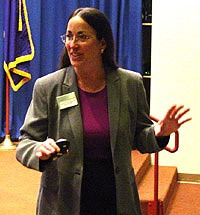
Spring Greetings!
A lot has been going on with the Board and many of our committees. One very recent change is that we have a new Board member. Cynthia Davis, our Southeastern Region Director, has stepped down due to some family priorities. I have appointed Dan Rettig, Senior Attorney in the Florida OSCA Court Education office, as the new Southeastern Region Director. Members of the Southeastern Region will be hearing from Dan soon. The Board thanks Cynthia for her service and sends best wishes!
All current NASJE members will be receiving a packet in the mail in early May that includes a hard copy of our newly released Diversity, Fairness, and Access Curriculum Design. Many thanks to our hard working Education and Curriculum Committee members for their extended efforts on this. The Diversity, Fairness, and Access Committee also provided valuable input. And of course, thank you to SJI for providing funding for this and all of our curriculum designs! All twelve of these are also available on this website under the pull-down menu “Resources” > “Curriculum Designs.” If you haven’t done so lately, check out these valuable resources.
In the packet you’ll receive in the mail, there are several other items, including a NASJE flyer and membership application form. The Board is hoping you’ll spread the word about NASJE and encourage more people who are involved in judicial branch education to become members. The Education and Curriculum Committee is also including a form soliciting feedback from folks who have used the curriculum designs.
You’ll also find two “Save the date” postcards for our Annual Conference which will be in Seattle, Washington, on October 4-7, 2015. Please pass at least one of these postcards along to someone who might be interested in attending. This is shaping up to be an excellent conference, with the added bonus of being a collaboration with our justice system partners in the American Judges Association and the Washington Administrative Office of the Courts. Online registration for the conference will be open in May.
The newly formed Strategic Planning special committee is jumping into action. Lee Ann Barnhardt (ND) has graciously agreed to lead the effort. Each of NASJE’s committees has provided at least one volunteer to be part of the effort, but anyone who’s interested in shaping the plan for NASJE’s future is welcome. It is only a six month commitment. Anyone would like to be on the committee should contact Lee Ann at lbarnhardt@ndcourts.gov (or me at ktconsulting@judges.org ).
Our new Members Only area on this website (pull-down menu Resources > Member Area) continues to expand and has EASY access—I promise! There’s only one easy-to-remember password for all members—contact me at ktconsulting@aol.com or Communications Committee chair Christal Keegan at keegan@judges.org if you need the password. (The password will also be included in my cover letter in the packet you’ll be receiving in the mail.)
The Board had its Mid-Year Meeting in early March in Phoenix, AZ, with Jeff Schrade as our excellent host. It was a very productive meeting. The reports that committees provided for that meeting are posted in our Members Only area. I strongly encourage you to review the committees’ work and to choose one to join if you haven’t already.
In addition to other resources, the Members Only area also has links to recordings of two of our recent webcasts: Creating a Sense of Presence (Feb. 2015) taught by Karen Thorson, former NASJE President and inspiration for NASJE’s Karen Thorson Award, and Needs Assessment (March 2015) taught by Professor Gordon Zimmerman and former NASJE President Robin Wosje.
There will be additional regional and national webcasts coming soon.
This is NASJE’s 40th year, and we’d love for your continued input on how to keep improving it!
Warm regards,
Kelly Tait, NASJE President
ktconsulting@aol.com
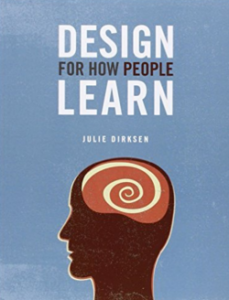 Design for How People Learn (Voices that Matter) by Julie Dirksen (2011)
Design for How People Learn (Voices that Matter) by Julie Dirksen (2011)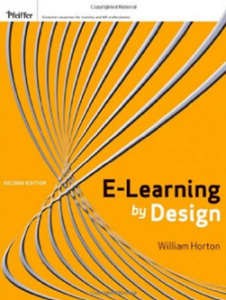 E-Learning by Design by William Horton (2011)
E-Learning by Design by William Horton (2011)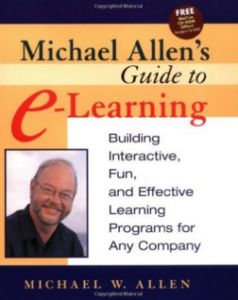 Michael Allen’s Guide to e-Learning: Building Interactive, Fun, and Effective Learning Programs for Any Company by Michael Allen
Michael Allen’s Guide to e-Learning: Building Interactive, Fun, and Effective Learning Programs for Any Company by Michael Allen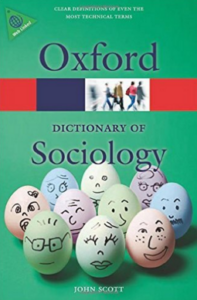 Dictionary of Sociology by John Scott
Dictionary of Sociology by John Scott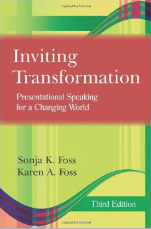 Inviting Transformation: Presentational Speaking for Changing the World by Foss & Foss
Inviting Transformation: Presentational Speaking for Changing the World by Foss & Foss Reaching and Teaching Students in Poverty: Strategies for Erasing the Opportunity Gap by Paul C. Gorski
Reaching and Teaching Students in Poverty: Strategies for Erasing the Opportunity Gap by Paul C. Gorski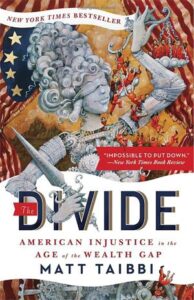
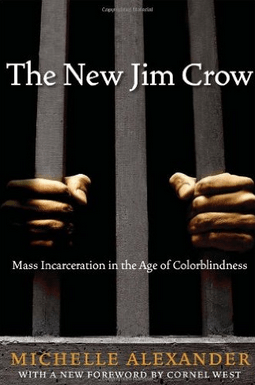
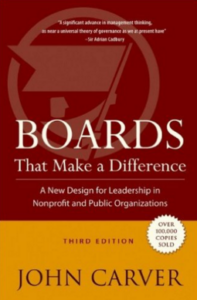 Boards That Make a Difference: A New Design for Leadership in Nonprofit and Public Organizations by John Carver
Boards That Make a Difference: A New Design for Leadership in Nonprofit and Public Organizations by John Carver